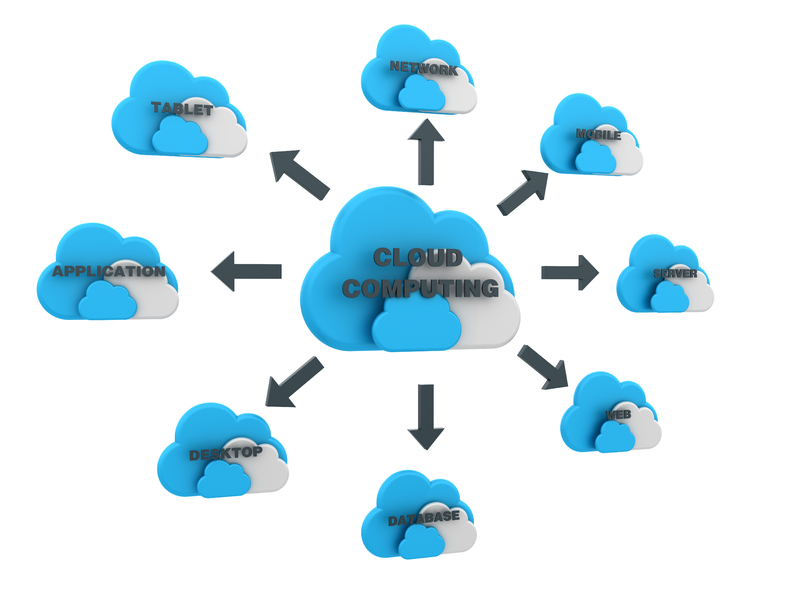Are Cloud Computing Solutions as Green as We Think?
Cloud computing is a term that has been thrown around for roughly a decade in the media but only tech enthusiasts have really understood its potential and how it could forever change computing in the future. With billions being spent on cloud computing acquisitions and more software companies switching to cloud-based solutions, it’s clear that we’re really starting to see a shift in how technology is used.
Cloud technology is often touted as a green computing solution that promises to be an environmentally friendly alternative to traditional computing–but are they as green as we think they are?
In this article, we’re going to cover a couple of key points to help illustrate how cloud providers are aiming to provide green computing to the masses.
Efficient technology usage means better resource management

Cloud computing is an incredibly effective way to utilize resources such as electricity. The pay-and-go nature of cloud-based solutions means that you only pay for what you utilize, nothing more.
This ultimately means more savings for companies and people that utilize cloud technology, but it also means a lower carbon footprint and using tech infrastructure only when you need it.
According to figures published by Bloomberg New Energy Finance, Google, Amazon and Microsoft are the leaders in renewable energy purchases, but they’re also three of the world’s most recognized cloud service providers.
This shows that cloud providers are more than willing to utilize renewable energy sources to power their server-grade enterprise hardware, committing themselves to their 100% renewable energy usage goal.
Cloud computing offers efficient ways to tackle difficult tasks

Whether it’s utilizing artificial intelligence, machine learning or any other computer-intensive task, cloud computing can get things done at a much more efficient rate.
For instance, you can ‘meet KYC compliance obligations the easy way’ by utilizing cloud software that is AI-powered and runs on power-efficient and accessible servers instead of drawing power to your own servers and using an inefficient solution that is local to your business.
The increased efficiency, speed and accessibility have made cloud software and cloud-based solutions very attractive for companies that are very energy-hungry.
As a result, companies often utilize poor power systems that are cheap to run but ultimately bad for the environment.
Cloud-based tools, on the other hand, are hosted in very clean, effective and power-efficient locations that help to drastically cut down on carbon emissions despite their power.
Final words
Companies that make heavy use of IT infrastructures understand that their workflows consume incredible amounts of power, especially if they’re dealing with large sets of data and energy-hungry tasks that are taxing to their systems.
Even large tech companies such as Apple are vowing to create sustainable business practices and actively promote clean energy.
As cloud technology continues to grow, centralized data centres will continue to improve their power-efficient and renewable sources of energy to further reduce their carbon footprint and essentially provide clean processing power to consumers all across the globe.
Disclaimer: This is a collaborative post.
Google+



